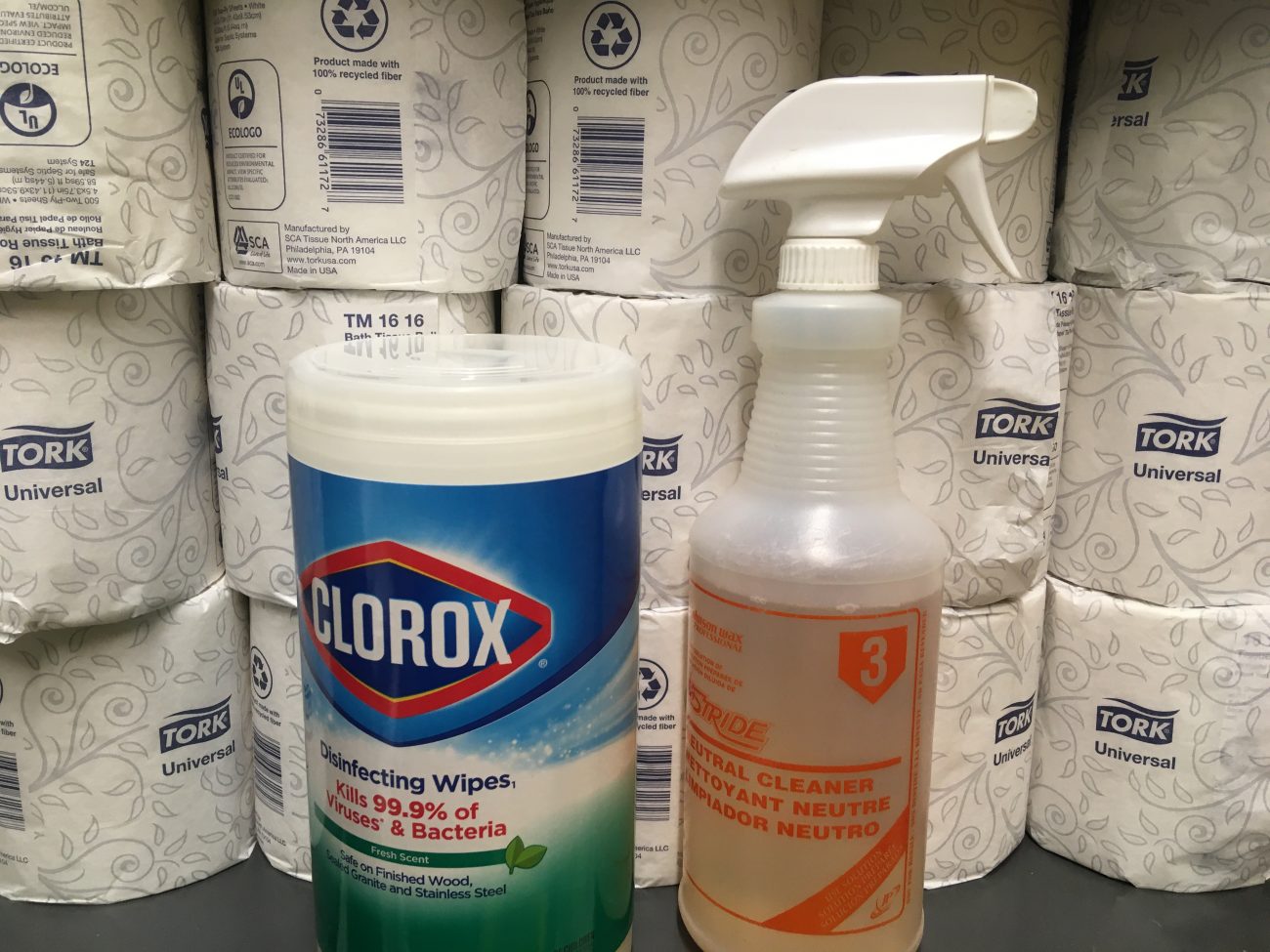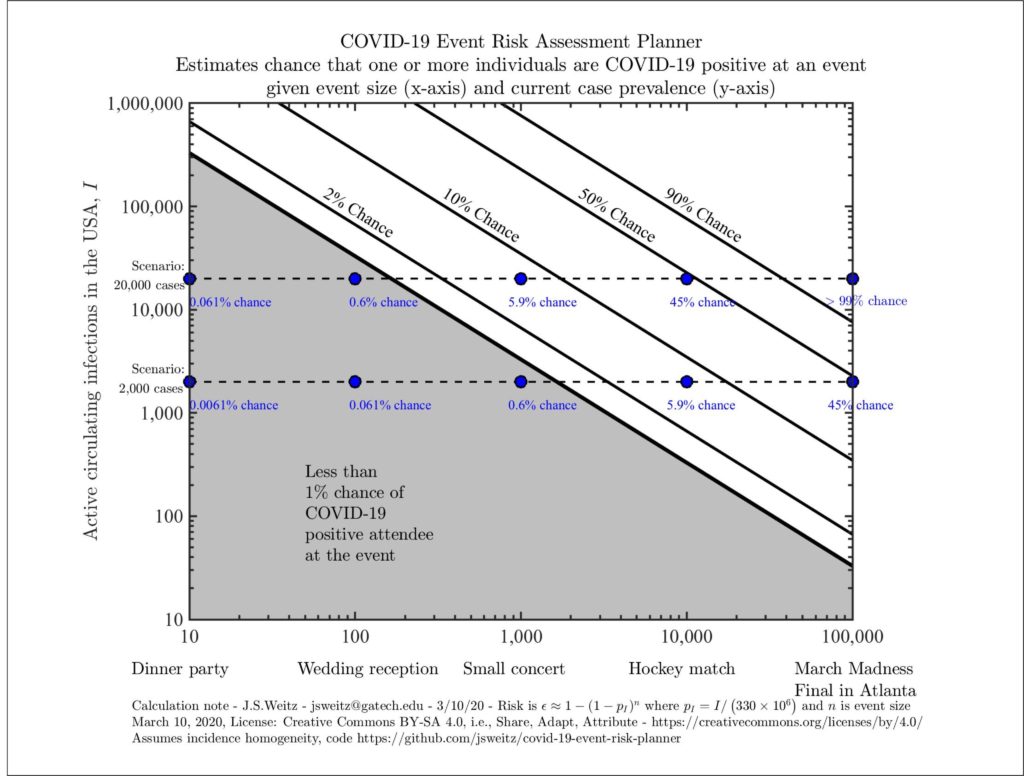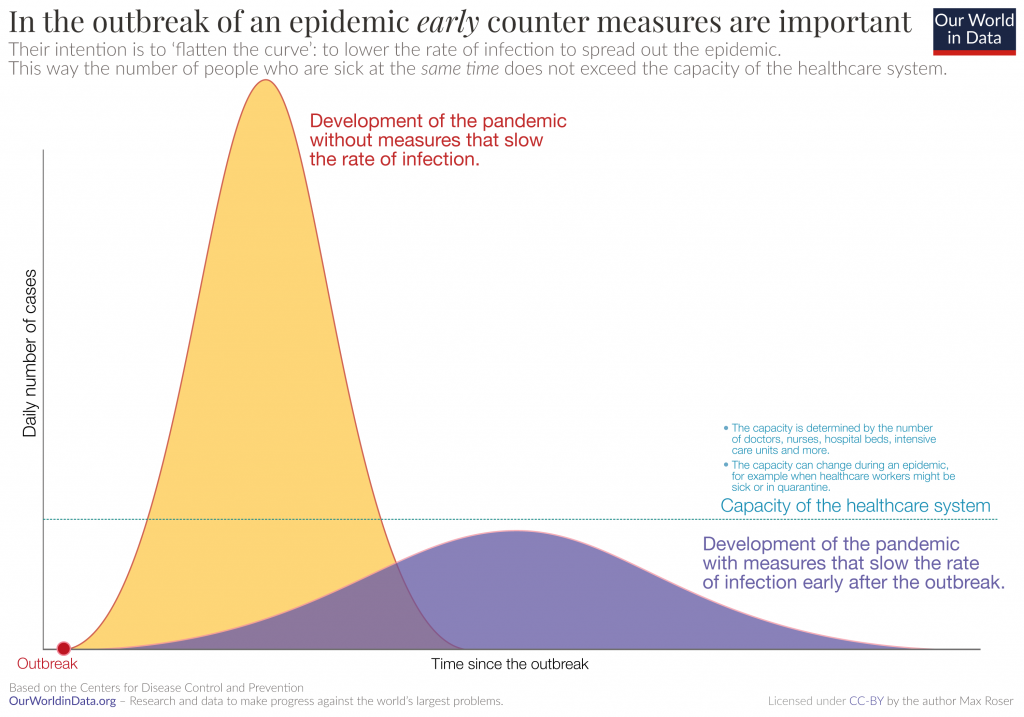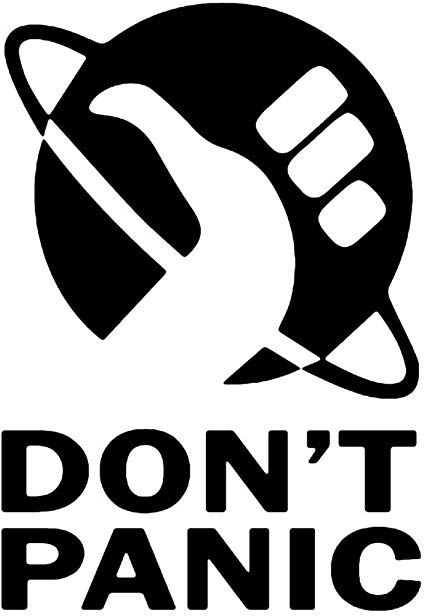
Hey everybody. I’ve been seeing a lot of information running around about the new novel coronavirus, COVID-19 (most properly called SARS-CoV-2, if you want to get technical), and I wanted to try and collect some of it and provide a bit of clarity.
If you have some time and some patience, Grant Sanderson did an excellent video on 3blue1brown’s Youtube channel:
For those who’d rather read about it, the gist is: at some point, the growth of COVID-19 infections will plateau (if you chart it out, it becomes a logistic curve, which very closely resembles an exponential curve at the beginning – which is where we are right now).
The rate of newly infected people is rather impressive right now, but one of the primary factors in this is influenced by new or novel contacts between people – things which we can all influence by following guidance provided by the CDC and other public health agencies.
Examples include avoiding things like travel, large group gatherings, and doing things like washing your hands (correctly), covering your cough, and cleaning high touch surfaces (and items – don’t forget your cell phone).
On the large group gathering note, Alex Tabarrok at Marginal Revolution has linked a really neat graphic by Joshua Weitz that I’ll reproduce below – it graphically describes the risk of one or more COVID-19 infected individuals show up at an event, given a certain event size and certain number of actively circulating infections:

To apply this in an example we can relate to, if we look at the current (3/13/2020) cases in the US, we find 1,215 total cases; this is both presumptive positive and confirmed cases, but it provides us with a convenient number to estimate with.
Looking at the chart above, if we assume for the moment that there is at least one other person infected but untested for every confirmed case, we get 2,000 infected people in the US – the bottom dashed line on the graphic. Meaning, if March Madness was still on, there would be a 45% chance that someone present at the festivities would be a carrier for COVID-19.
Now, if we figure our estimate is still off by a factor of ten (not an unreasonable guess, considering estimated incubation periods and relative lack of symptoms that have been documented in some patients), we get a 99% chance of an infected person showing up to March Madness.
This is why it’s so hugely important to cancel or postpone these large public gatherings, even though it may appear to be an overreaction to some – and as Jason Kottke mentions, the goal here is to flatten the curve.

This image is from the folks at Our World in Data – as someone who works on the very front line of our healthcare system, I implore you to start taking the suggested precautions – this will greatly reduce strain on resources and while it will likely help reduce the overall number of infections, that’s actually not the primary goal of measures like this; we’re really after that curve flattening.
Put another way, just because people are becoming ill with a new disease does not mean they’ll stop having other medical issues, and that synergy of old and new could very easily have ripple effects leading to an over-stressed healthcare system, in turn creating an environment where normally treatable or survivable conditions may go untreated simply due to the overwhelming demand placed on the system as a whole.
My personal prediction, and I’m not an infectious disease doctor, nor do I play one on TV, but I expect that we’ll see a continued increase in infections, but it won’t be as severe as some are predicting, and a contingent of people will rabble and rouse that we “overreacted” and “freaked out” – but the very things they’ll point to as evidence of a “freak out” like cancellation of sporting events will in fact be a primary driver of the relative lack of severity.

One last note; people automatically try to find something they can do to prepare or at least control during events like this that are so completely out of their locus of control – I implore you, instead of running out to the store (where the 60+ crowd we’re trying to protect is doing the same) and buying toilet paper, pack a “go bag”, go find an (online) class on first aid/Stop the Bleed or CPR, order a couple week’s supply of food and water online (slowly, over a few days – try to flatten the curve on supplies as well), wash your hands and maybe just stay at home watching Netflix. Make a plan, talk with close friends and family, and don’t forget your towel. If you get sick, but aren’t deathly ill, you’ll be ready to self-quarantine instead of going to the hospital, spending money, and potentially infecting some of the already-ill folks there, or the healthcare workers.
Be safe, and wash your hands, ya filthy animals.
-T
Special thanks to Morgan Atwood from No One Coming for his review of and input on this article – go check out his content!